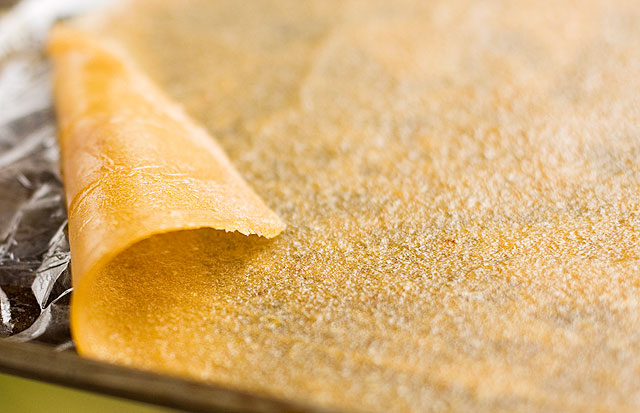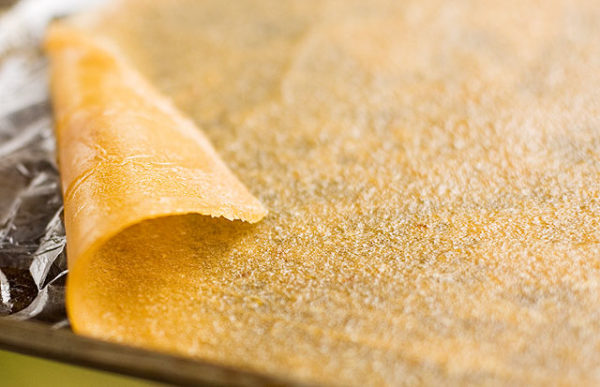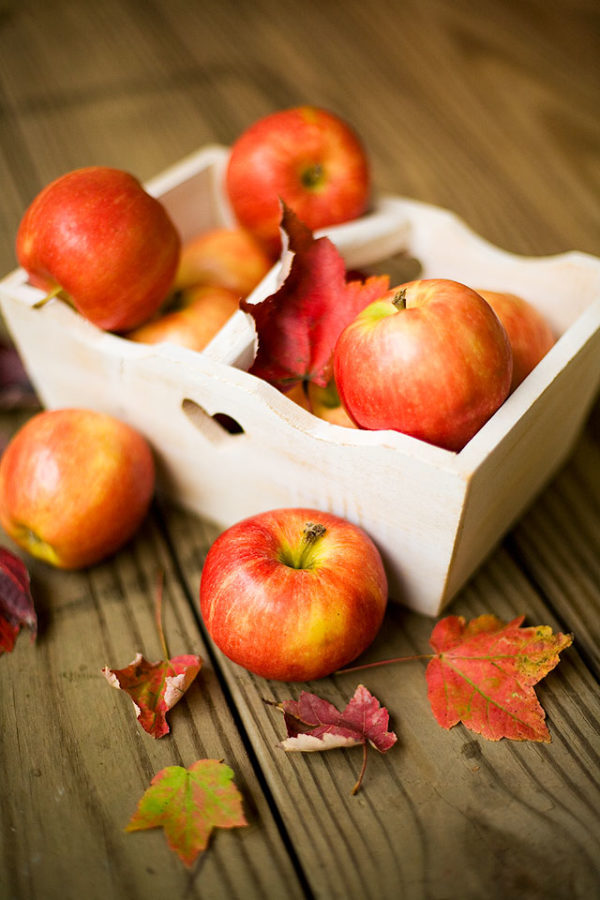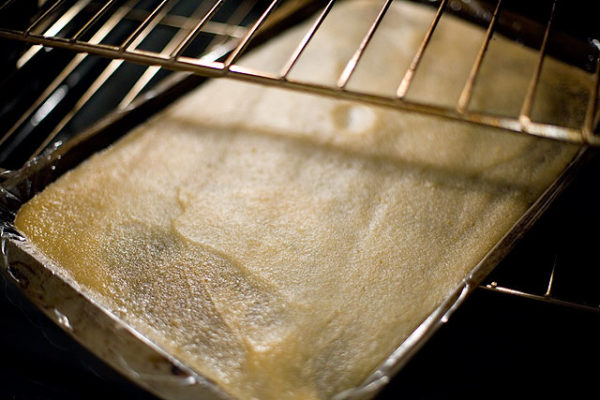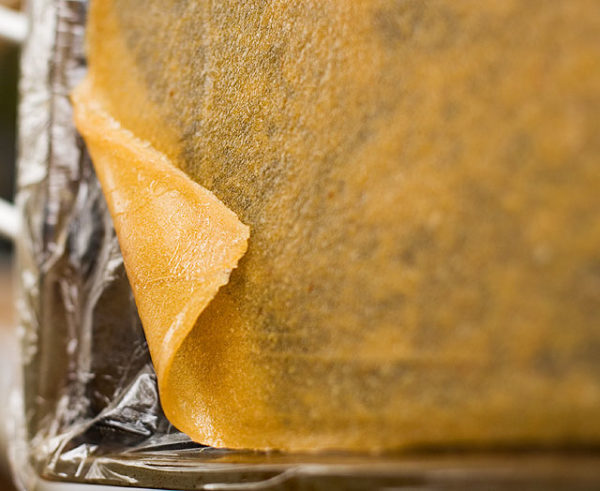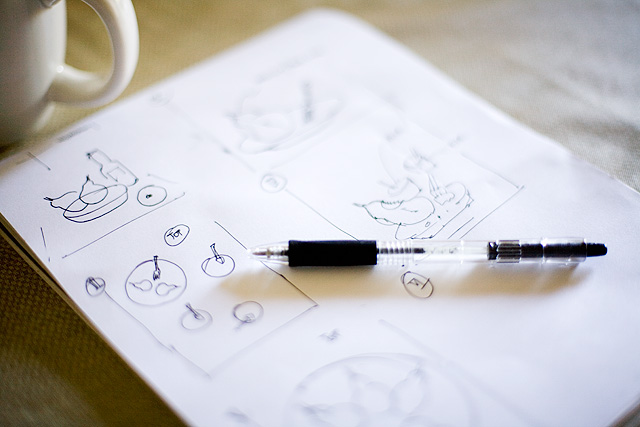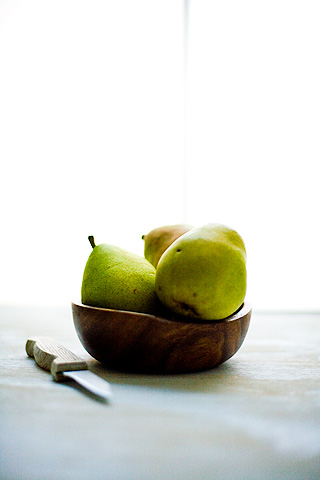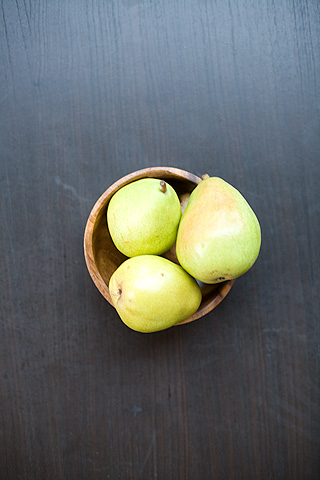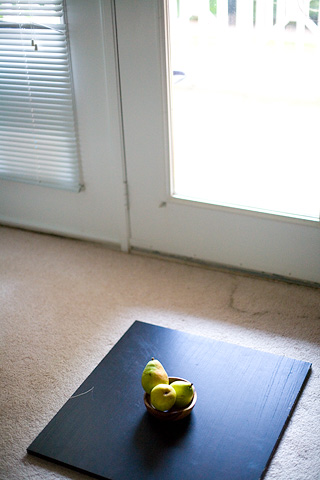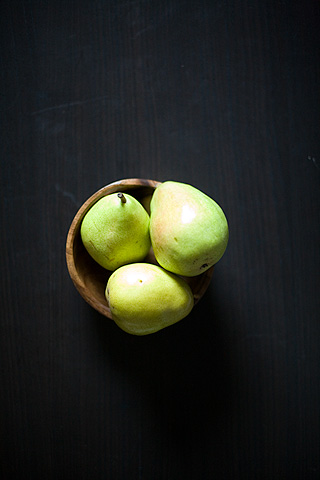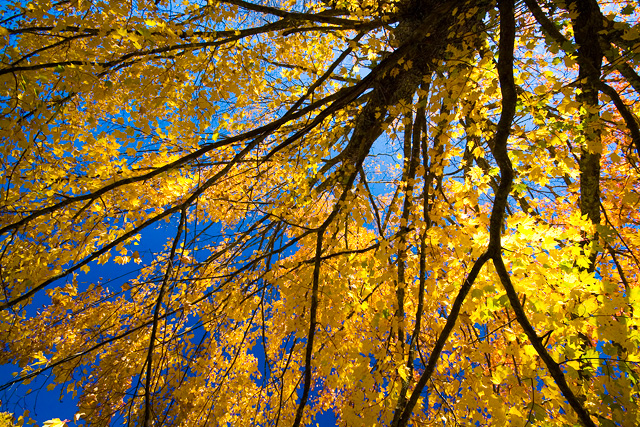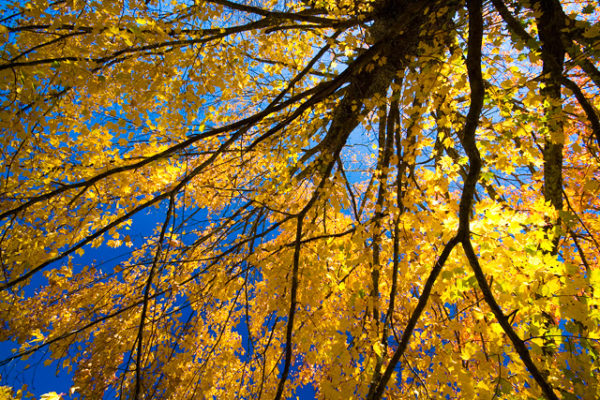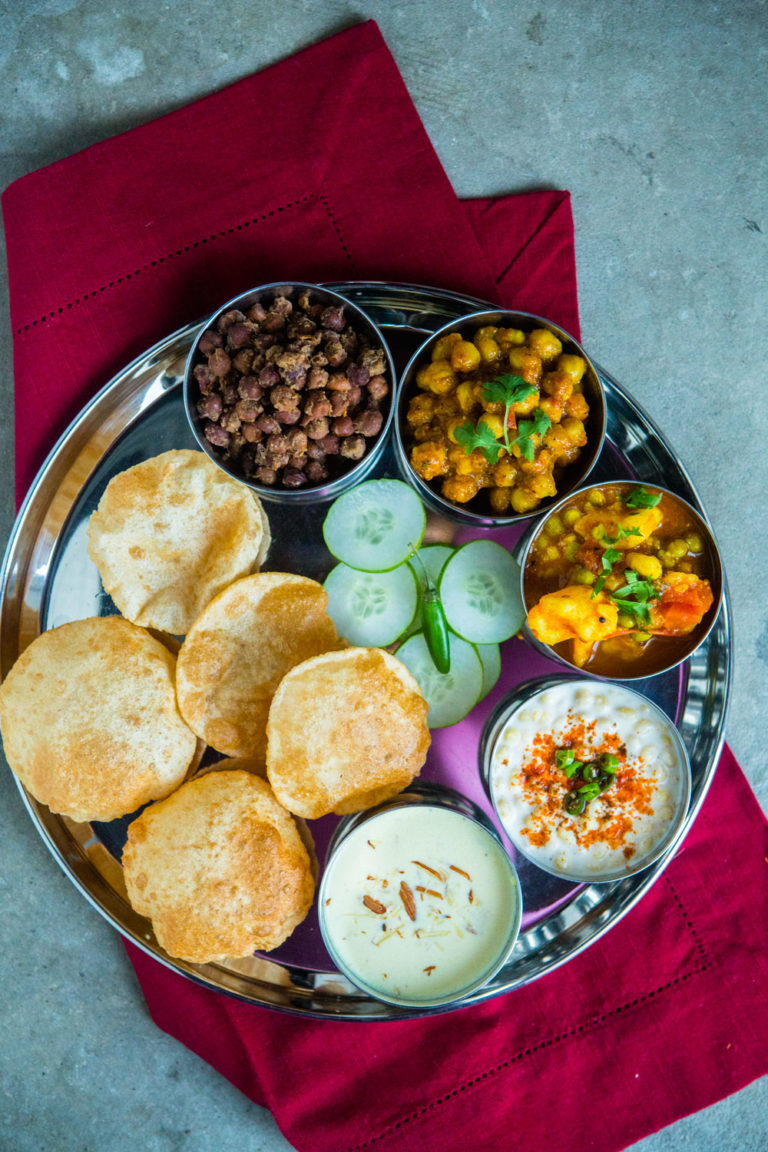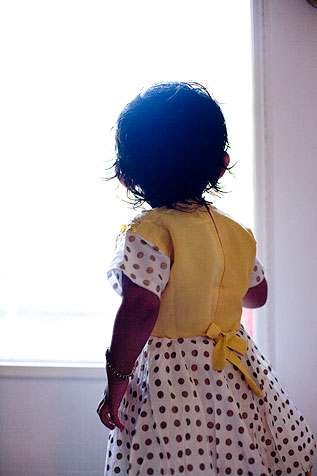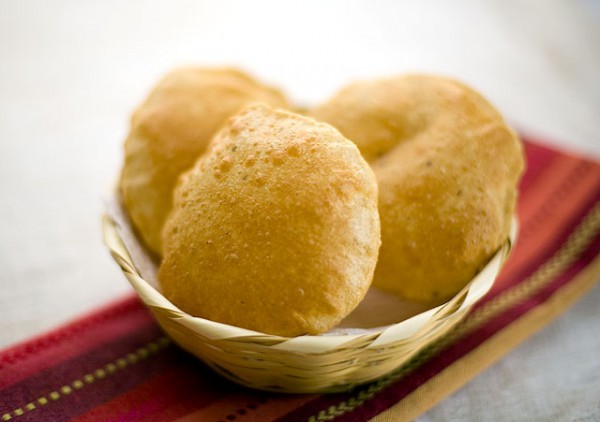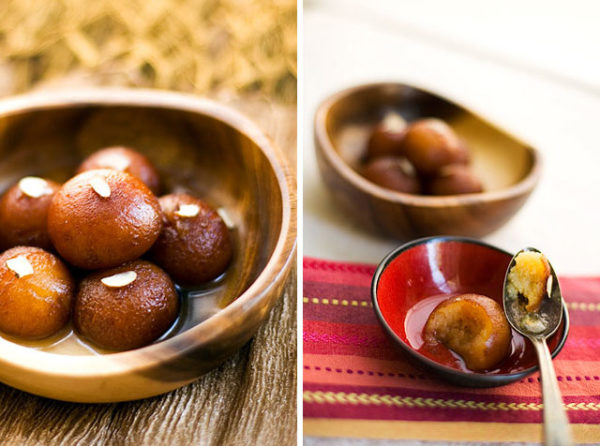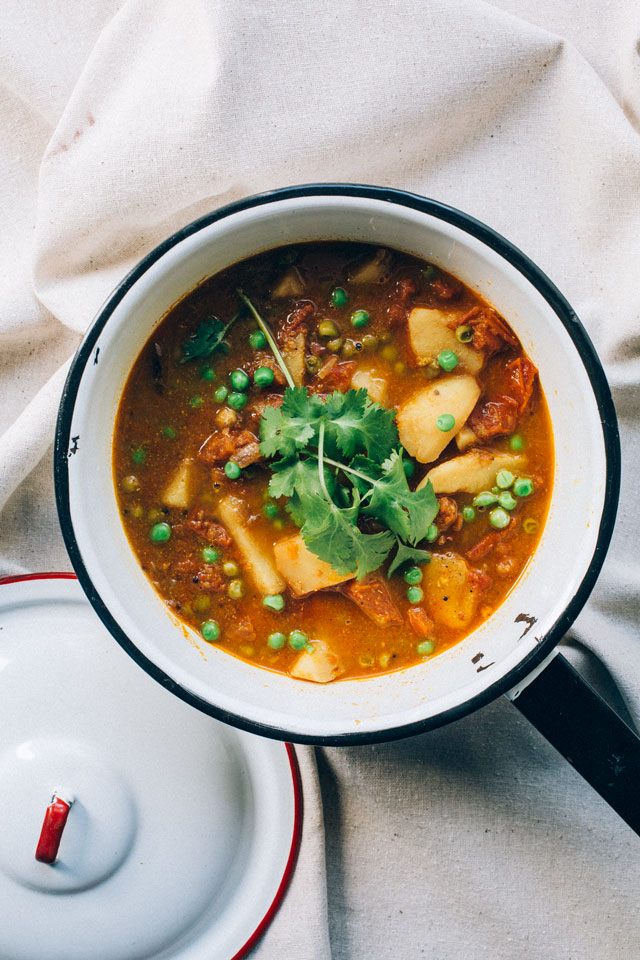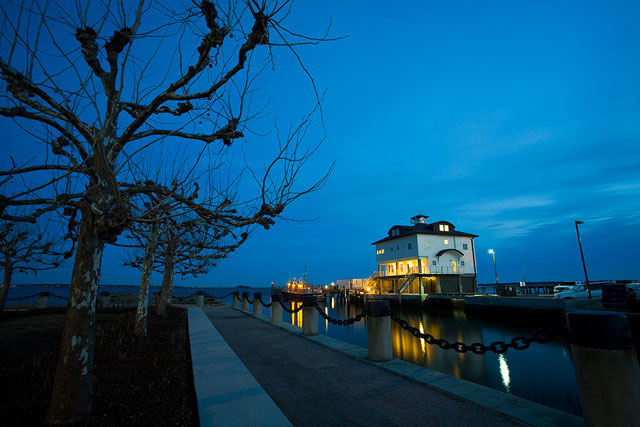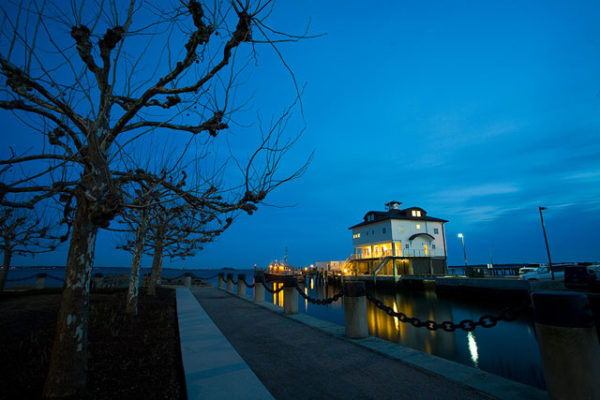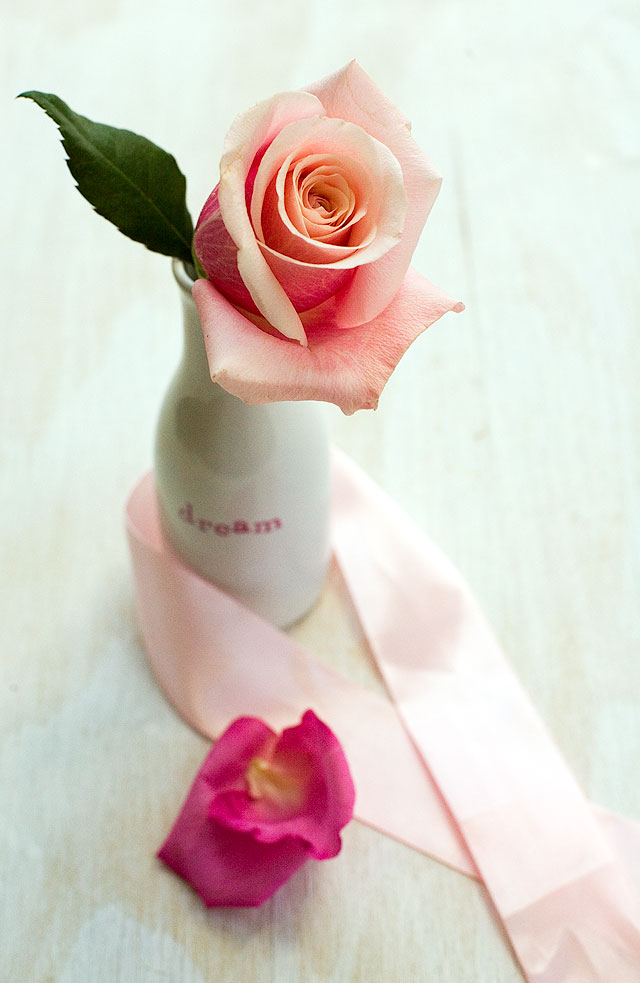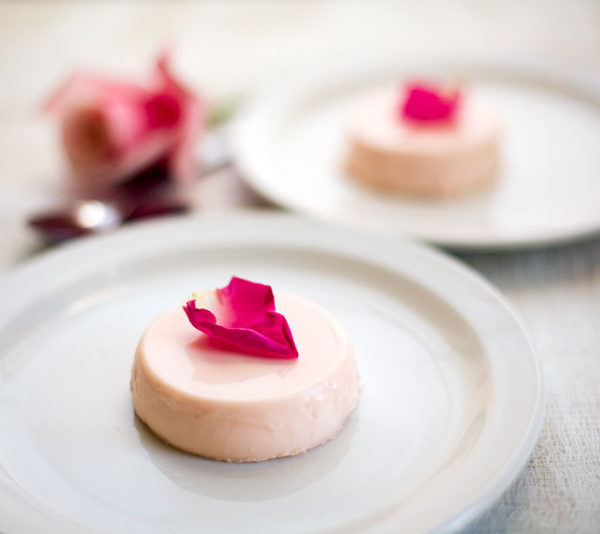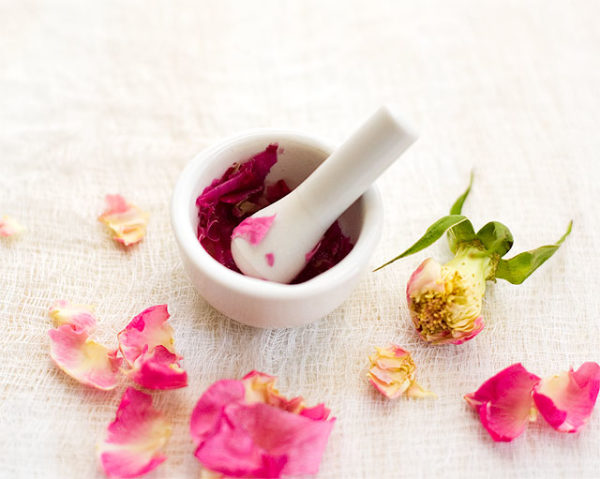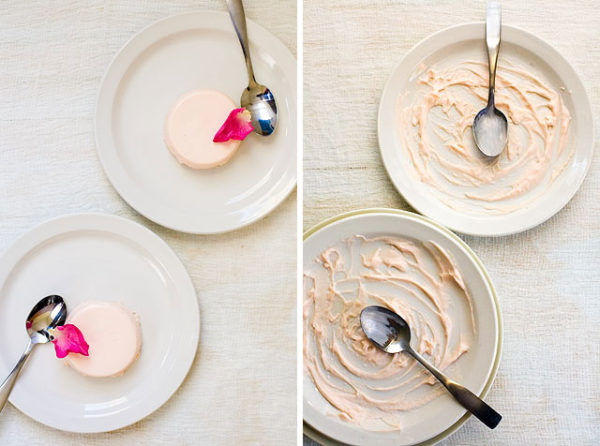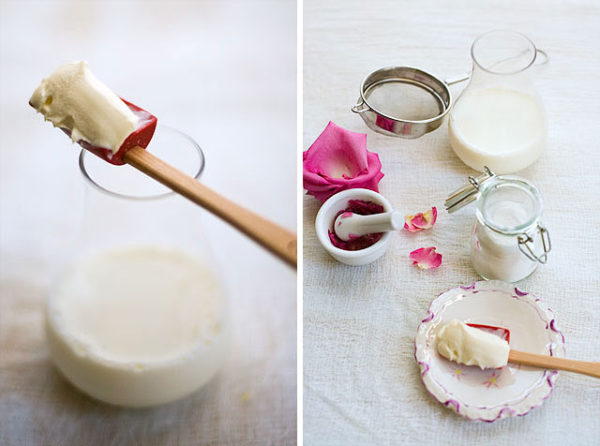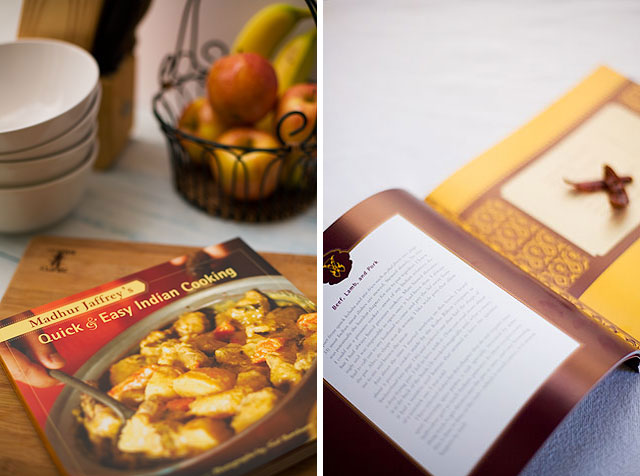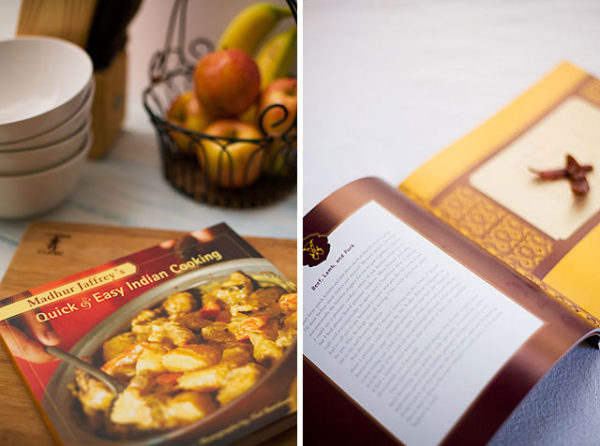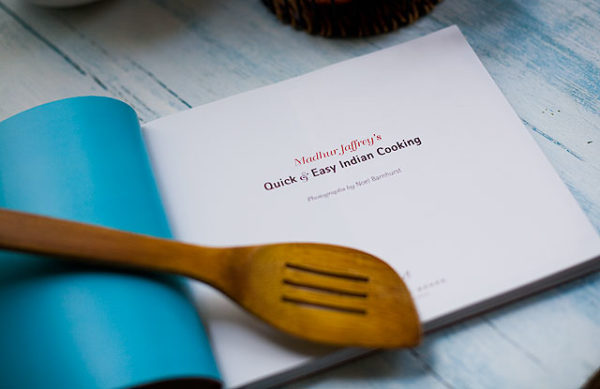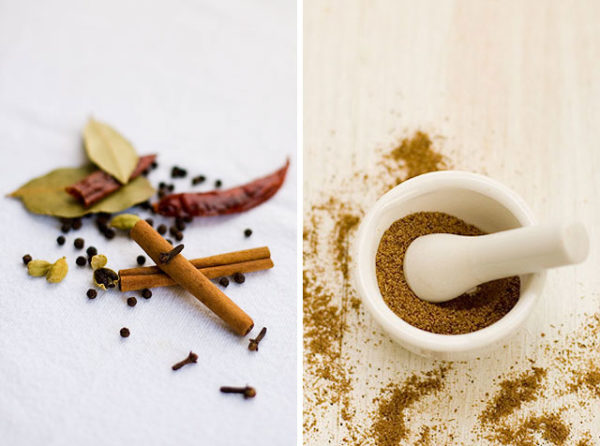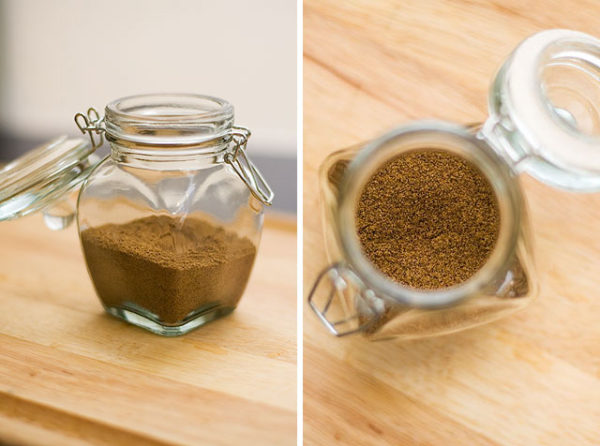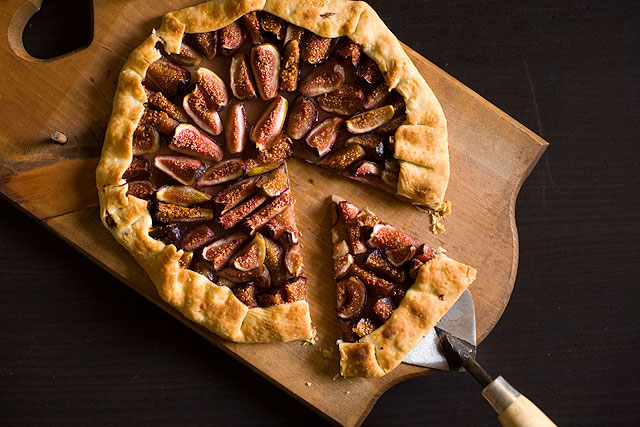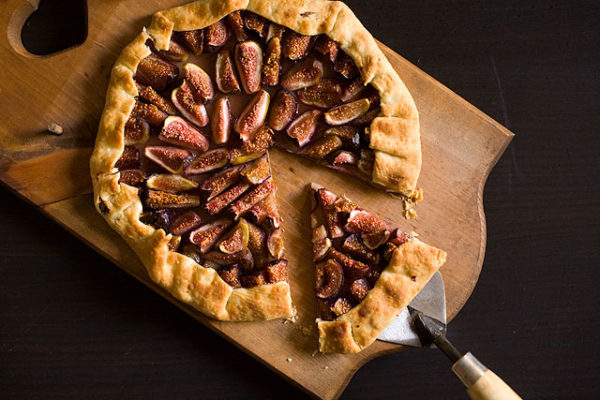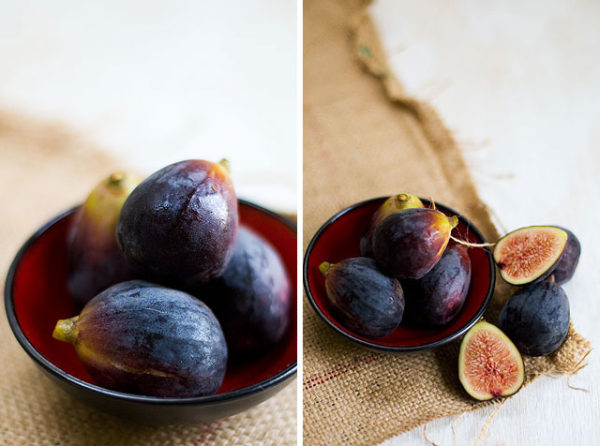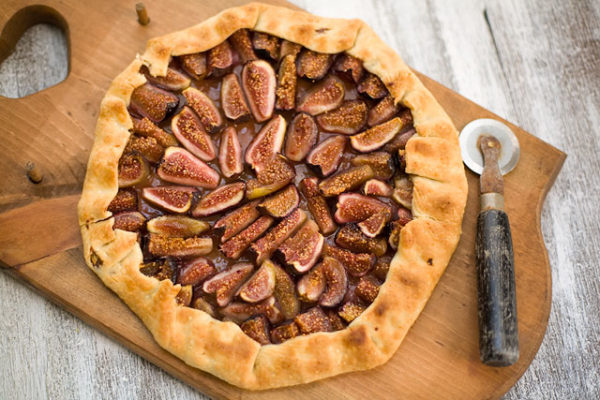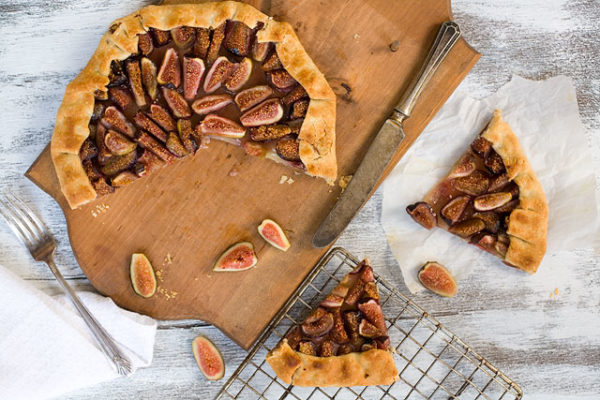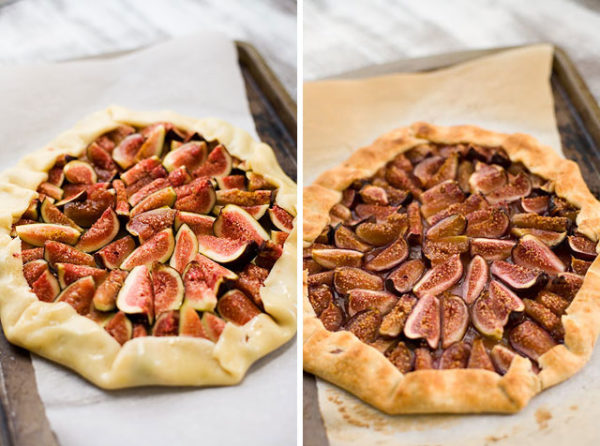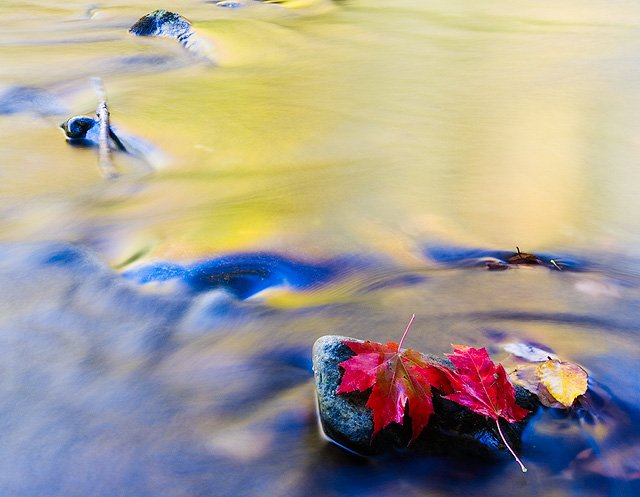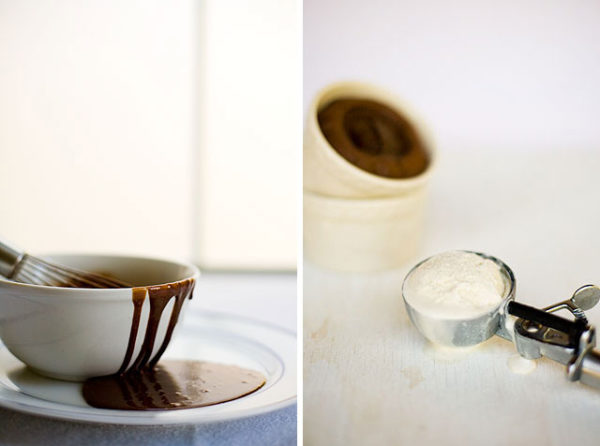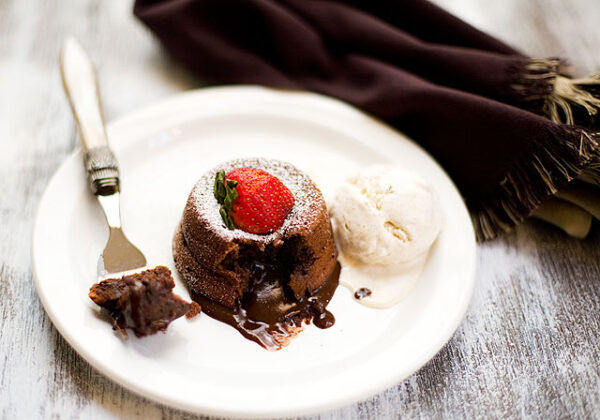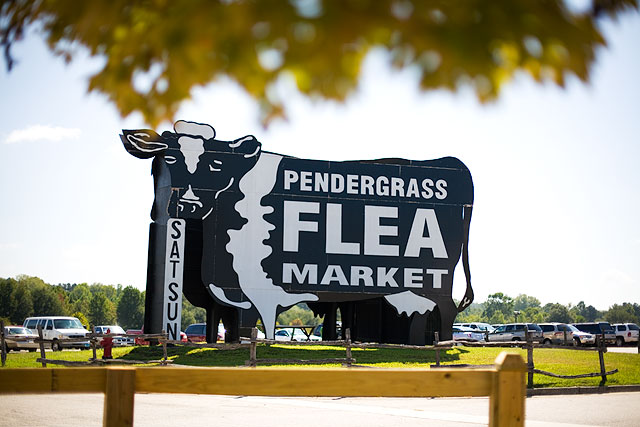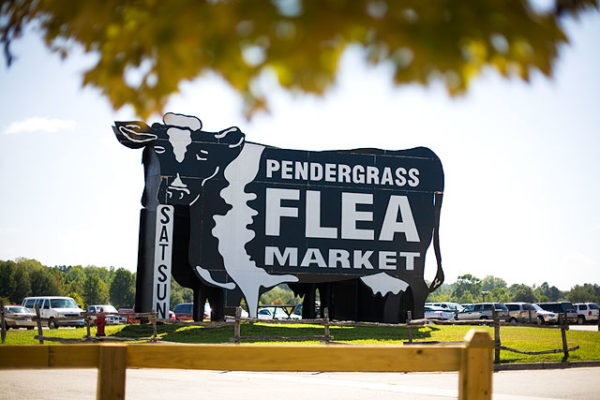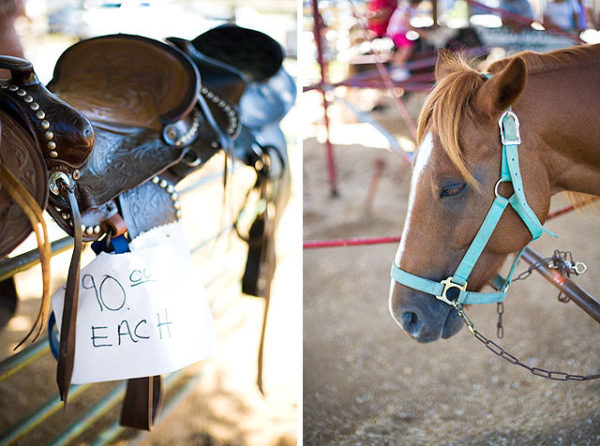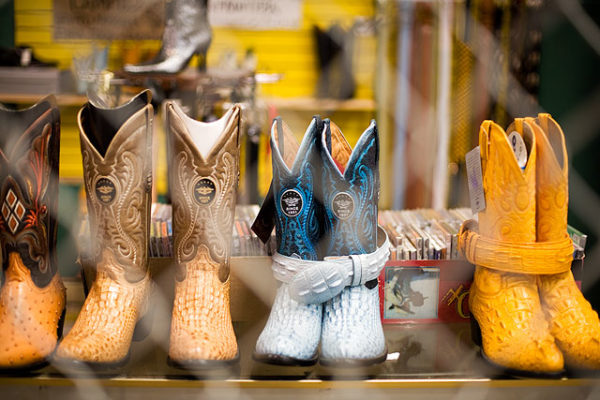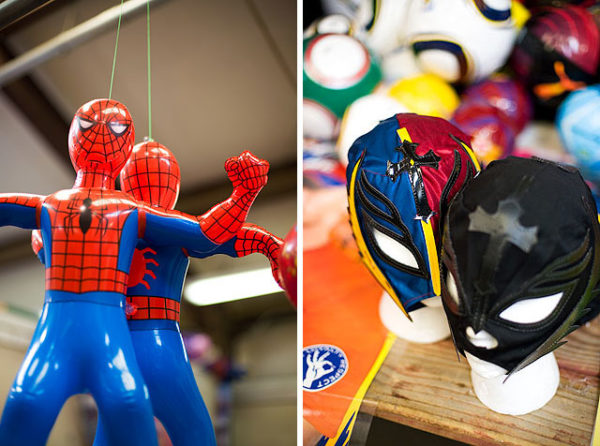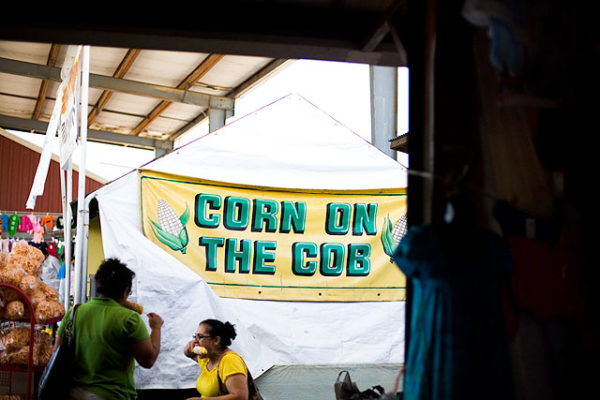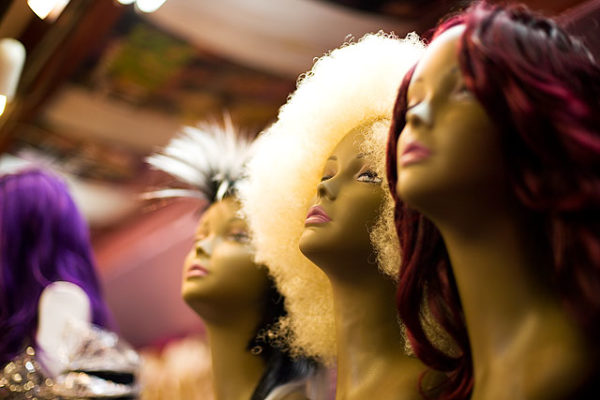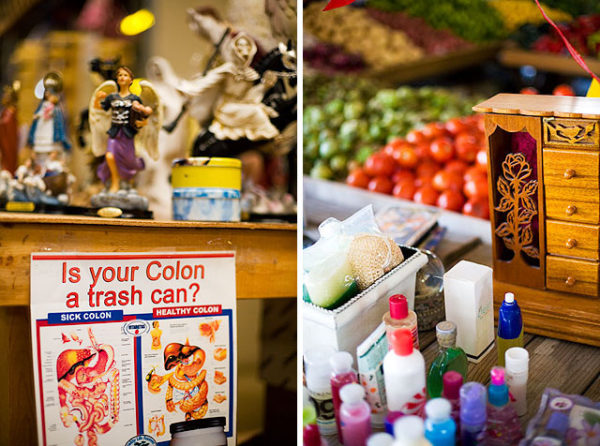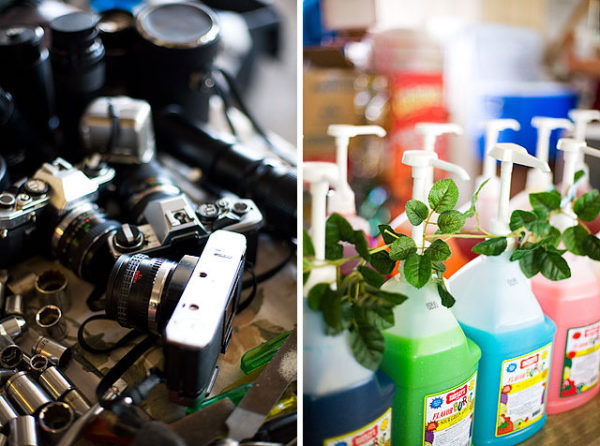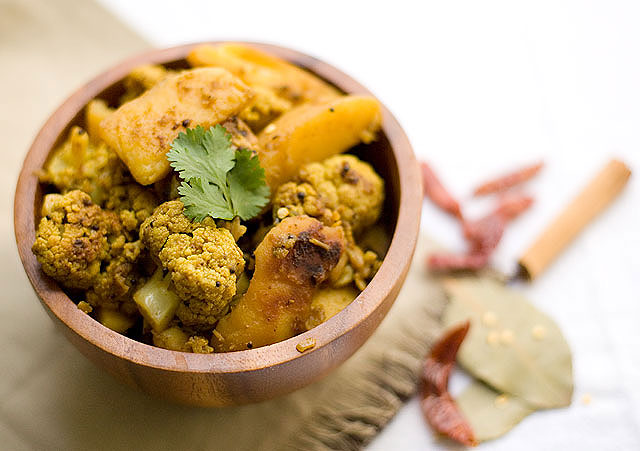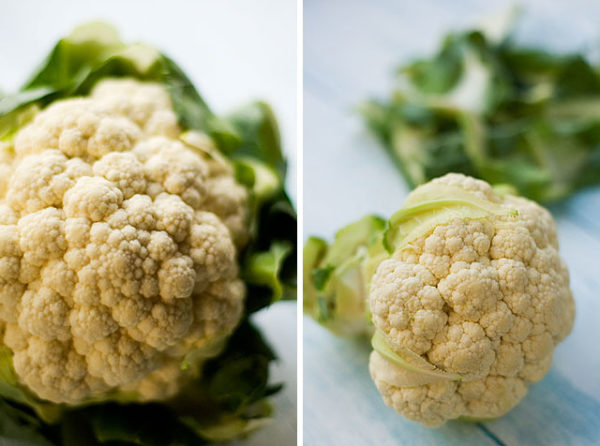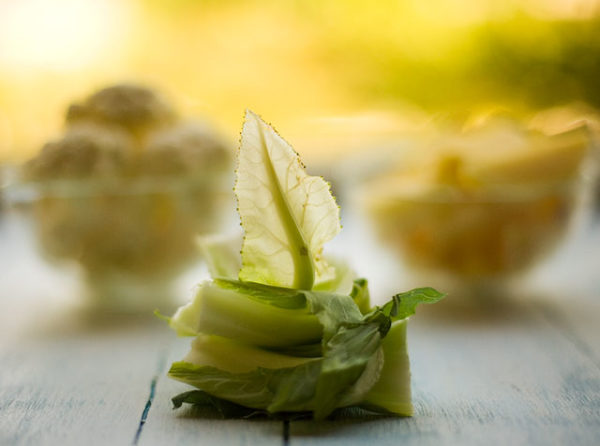Finally!! After so many requests from you lovely friends and after a lot of pushing myself I am finally here with my first Food Photography post. Well! This post also has a good news for some of you which you’ll only get to know once you go through this WHOLE post (wait and desperation makes the result even more interesting, doesn’t it?) But let’s talk about some photography first!
If I were to pick between great food and great food photography, I’d honestly be torn. Because in the world of blogging (where I present most of my food), photography is truly the way to the palette. We all know a great food photograph when we see it we can nearly taste the food just by looking at it for long enough. That is what I strive towards when I photograph. I’ve had a few requests from my readers to share my photography process. Most of my workflow is a result of whatever I’ve picked up by reading books, browsing the internet for resources and most importantly studying the work of photographers I admire. Therefore, I am always looking to learn so please feel free to leave a comment and let me know if something can be done differently/better as it would benefit not only me but everyone else who is reading. There is so much involved in food photography, from gear to lighting to camera techniques to food styling to post-processing (phew!) that a single blog post can of course not cover it all. Broadly speaking, my workflow has these stages (not particularly in the given order):
Planning
Shooting
- Lighting
- Gear: cameras and lenses
- White Balance/Color correction
- Camera settings/tripod use (aperture, ISO, shutter-speed); RAW shooting
- Composition – rule of thirds, vertical or horizontal, breaking the composition rules
Styling
Post Processing
- Why post-process
- RAW Settings: White Balance, Exposure, Shadows and Highlights, Vibrance, Saturation
- Photoshop Settings: Cropping, Curves, Levels, Sharpness, Resizing
- Image Resolution
- Preparing images for the web
- Hosting photographs for blog display
I cannot talk about all the stages in a single post and this really was the part that kept me from coming to you with this post. It’s difficult to decide what is important and what is not, so I decided to start with something that any photography is impossible without. LIGHT. For starters, I’ll talk about my take on planning and lighting.
Planning:
As David duChemin says ‘Gear is good, vision is better’. Planning is important for me because it gives me a chance to think about the shots ahead of time and I can focus on the ideas/vision more in this stage and less on whether I’ll be able to get it all done at all. Considering that I have a 1-year-old, going into shooting without a clue about the setups is bound to give me a brain-freeze within minutes of shooting. But this is really up to personal preference – I guess some people are able to juggle a bunch of things at the same time better than others. I know I’m not the best at it especially if it involves the right brain.
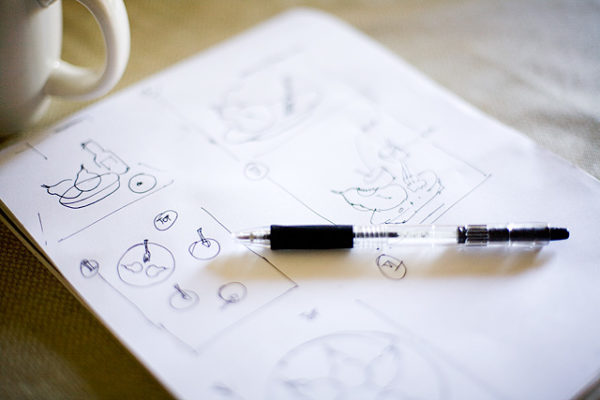
For me planning really means that I think about the setting in which I want to photograph and do some rough sketches to set a general direction while shooting. As you can see they are hardly detailed, but they give me a good starting point so that I don’t get brain scatter when I start to shoot.
Lighting :
I don’t really experiment a lot when deciding on lighting. I photograph in 100% natural light so that makes my job easier. If you don’t own any studio lights, you check out all the windows in your house and pick one that gives you the right setting to place your food and photograph it. I chose a setting in my apartment that allowed me to photograph food with good back and side lighting.
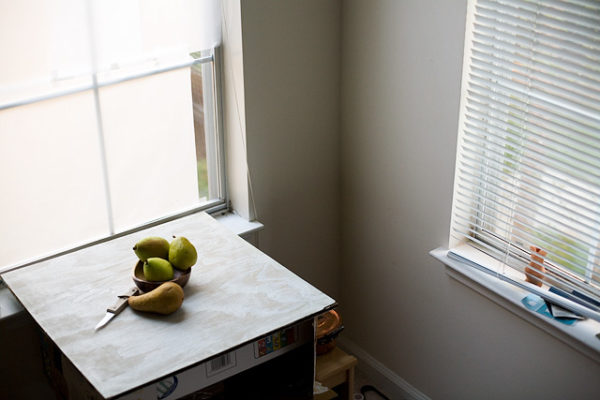
Also, it left me enough room for the food to be placed at around 3 feet from the ground so that most pictures could be taken standing up. In some cases, I’ll drag a chair to stand up on it and photograph from higher level (for e.g. for top views). I do wish at times that I had bigger windows that would let more light in. Also on my wish list is a large window that gets lots of direct sun so that I can get really bright lighting. The left window in the setting above does get some direct sun but not for more than an hour. As you can see I have covered the window with a translucent sheet of paper to diffuse the light into a soft bright glow. If you don’t diffuse the light, you may get uneven contrast and patches of really bright highlights and shadows in your images. This set up usually works for me.
Now let me share with you some of my favorite lighting conditions:
Backlighting
I use backlighting because I read somewhere that it is the best lighting condition for food. And for the most part, this has been true (so to whoever wrote that – thank you!). Here is a photo I took with the left window in the background (source of backlight):
This was taken with just one light source (the left window in the setting) behind the subject. If your light source is very bright, you may see the subject itself gets a bit dark (almost like a silhouette) – in such cases you can use any post processing software to brighten up the image which should illuminate the subject to an ideal exposure.
Fill Light
Another lighting condition I frequently use is a natural fill light. Technically speaking, a fill light scenario in a studio typically eliminates all shadows. I am using this term to describe a setup where I am shooting in a semi-outdoor setting. I could have called it “patio-light” too! Because that’s where I find soft light from all directions that gives the subject a uniform overall illumination. Here is an image of the setting:
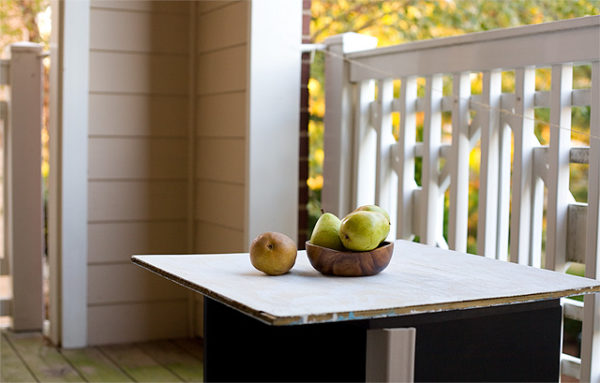
And below is what I got under these conditions:
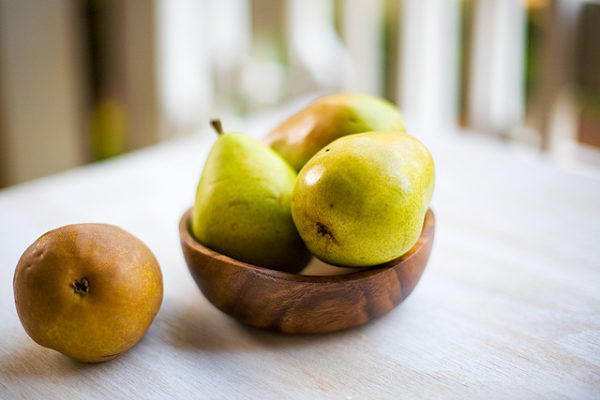
Dark Backgrounds/Reflection
I usually work with white surfaces but depending on the subject, I at times use darker surfaces that serve as backgrounds. I find it more challenging to shoot against darker backgrounds – primarily because they reflect light. The dark surfaces I have are made out of wood with a coat of dark paint. Now you may be able to find a paint type that does not reflect light at all or perhaps a tile based background that is non-reflective. If that’s the case, do let me and my readers know! I know it exists. But if your surface is reflecting light you’re likely losing color saturation. Here is an example shot:
To get around this, I reduce the light significantly and keep it uniform to cut down on the reflection itself. So I pull all the blinds down and leave just one light source so that there is more control over reflection as well (if there are multiple light sources then it becomes difficult to assess where the reflection is coming from):
With such an arrangement, I am usually able to orient the subject in a way that I get the least amount of reflection from the background. Here is the same subject but with a single light source (and straight off the camera sensor):
Do you see how much more saturated the background is? Another setting that has worked for me in the past is surrounding the subject with three dark surfaces as walls around it and then shooting from the fourth side (opening). This would of course require you to set up your camera to photograph in low light (wide open aperture, high ISO; I will try to cover my typical camera settings later).
Controlling light with reflectors or foam-core boards:I am still learning to use reflectors. In some cases they seem to work but in others they seem to take away the natural beauty of a scene (my paranoia may be?). Adding a reflector effectively introduces another light source. You can hold it in the direction opposite to the natural light source and it would counter the shadows. But with reflectors I sometimes lose the predictability I get with photographing with just natural light. Also walls in my apartment are painted white so there is ample reflection already. But since I am still learning to use reflectors, I would suggest that everyone who is learning experiment and see what works and what doesn’t for them. Photography, just like any other art, is all about practicing and coming up with answers to your own questions!
Alright guys! I guess that’s enough of my monologue. Hoping that I didn’t bore you to death, I still don’t think I was able to cover a lot of what I set out for. All of these topics are so wide and ever-evolving and every one encounters different challenges. That is why it is so much better when it’s a conversation where I get to learn too – so with that in mind I am opening the lines for your comments here. Teach me what you know and ask what you would want to know or we can connect on twitter/facebook to share more. Happy shooting!
Oh wait, we have something else to share! We have two lucky winners today and http://www.random.org/ helped me find them.
So the winners areeee …..
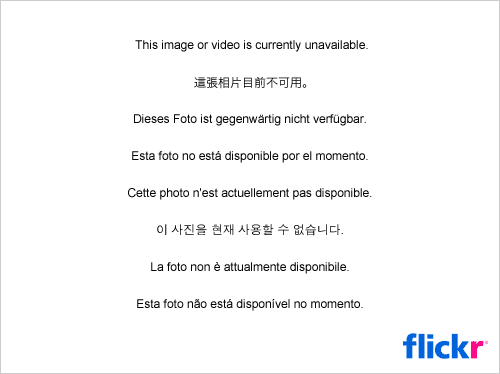
runningblond wins Madhur Jaffery’s Cookbook.
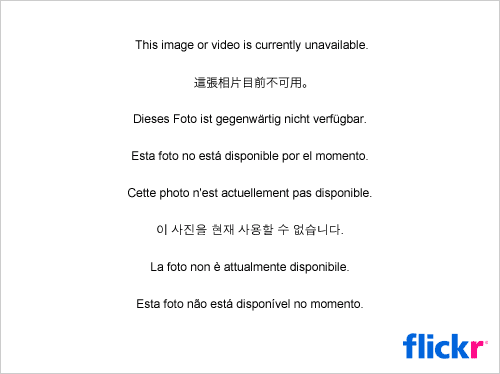
waspyredhead wins my home made Garam Masala.
Yay! Congratulations you guys! Please send me an email acknowledging your win and also please send me your postal address so that I can ship your prizes.
 This recipe goes to the fall fest event going on at Margaret’s blog.
This recipe goes to the fall fest event going on at Margaret’s blog.
